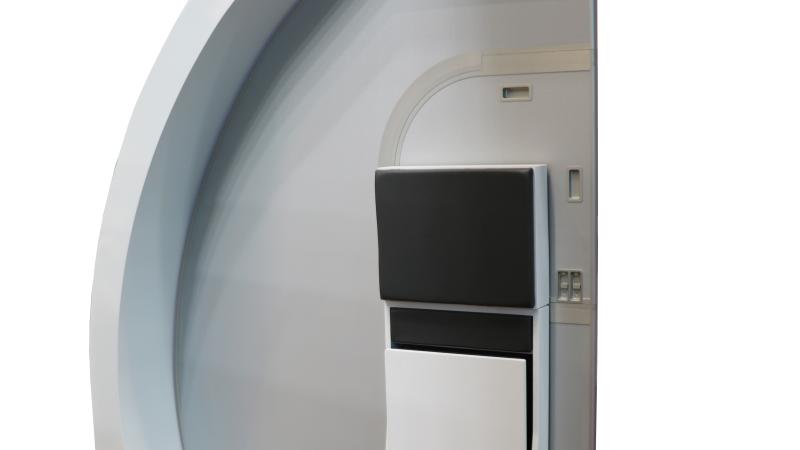Swiss aircraft interiors specialist Bucher Group has announced that its ultralight bionic partition has been retrofitted in the rear door four area of the Airbus 320. The company says that it is “taking a technological lead in the market” through the use of the partition and is “contributing to the consistent weight reduction of the A320 family for extended range, increased payload, reduced fuel consumption and maximum safety for passengers and crew”.
Commenting on the first installation at Airbus, Bucher Group CEO Beat Burlet said: “We are very proud that our lightweight partition is now part of the safety architecture within the aircraft cabin and is being used for the first time in daily flight operations. The enormous weight savings that we have achieved with this product are the result of several years of development. The first delivery to an aircraft manufacturer and finally to an airline fills us with immense pride.”
The multifunctional partitions have passed the necessary qualification and approval programmes and are now being installed in new aircraft, as well as retrofitted. The latest A320neo model, which seats up to 189 passengers, had its maiden flight in September 2014.
During the renewals, Airbus focused on modernisation, cost-effectiveness and increased efficiency. Bucher asserts that its products meet these high standards, describing them as “inconspicuous at first glance, they are part of an important safety architecture within the aircraft cabin.”
With the bionic partition, Bucher claims to have developed a component that “supports the cabin crew in their tasks and – figuratively speaking – backs them up in an emergency”. The partition separates the passenger area of the cabin from the crew’s working area towards the rear galley and the toilets.
The partition can be integrated holistically into the cabin design by using decorative foils or paintwork with airline-typical colouring and logos. It is also the carrier of a wall-mounted cabin attendant seat and various holders for emergency equipment, including fire extinguishers, smoke masks, oxygen supplies and life jackets.
Bucher explains that in bionics construction methods and mechanisms from biology are analysed and their findings transferred to technology. In this way, waste can be reduced and previously unused potential can be released. Driven by the idea of innovation, the bionic structural concept of the partition had to be able to withstand varying static and dynamic loads, as well as load changes.
To obtain approval, the structure was not allowed to fail under dynamic accelerations of more than 16g in the direction of flight. In addition, flexible positioning of add-on parts in zones to be defined had to be taken into account. The lightweight structure was to allow a low structure weight with the highest possible payload. To meet all these requirements, a modern fibre composite sandwich panel of the latest generation had to be created.
After more than two years of development at Bucher, the result is a sandwich panel with a honeycomb core and carbon fibres. Radically rethought and unconventionally constructed, it offers “a multi-layer composite of various different fibre orientations”, according to the company. These are used over the entire surface or locally, with the wall thickness of the sandwich remaining the same. Thanks to this new type of construction, weight savings of more than 30 per cent can be achieved by using less material than conventional products on the market, maintains Bucher.
Last December, Bucher Group won the prize for Excellent Customer Support in the Airbus Customer Support Awards. It was the ninth year the company had won the prestigious award. The accolade recognises customer support performance by selected cabin equipment suppliers regarding products, services and costs and is based on the results of a survey of global airline customers.
